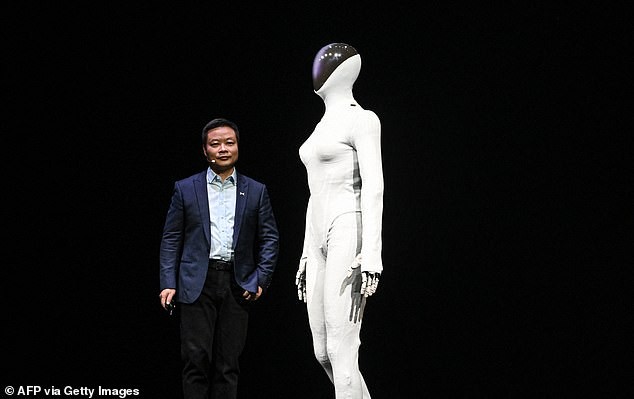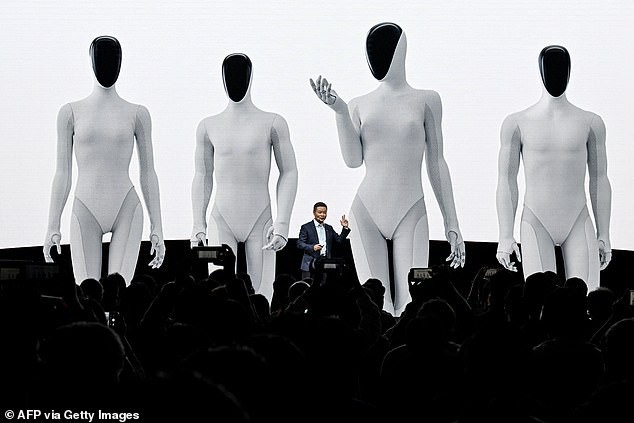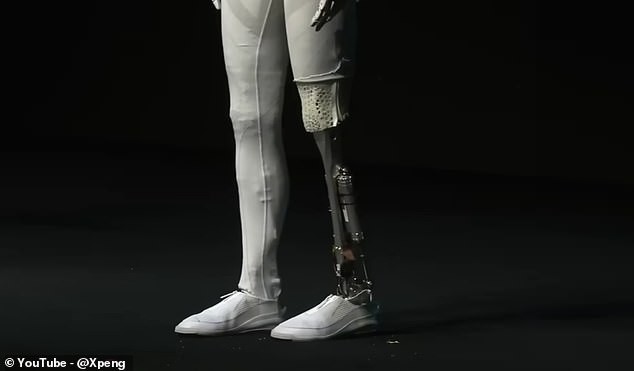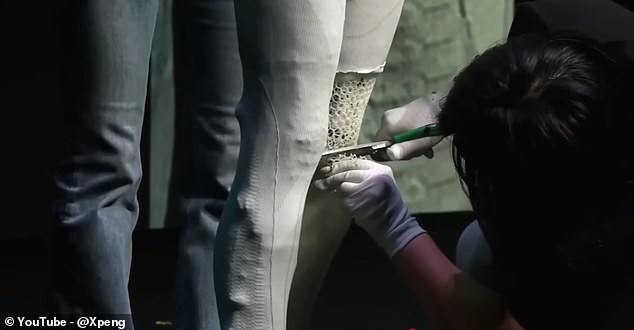Nothing to Hide Here Humanoid Robot Moves So Smoothly Its Inventor Is Forced to Cut It Open on Stage
A humanoid robot has reached new depths of the uncanny valley with its smooth, humanlike movements. Chinese electric vehicle manufacturer Xpeng revealed its latest robot, dubbed the Xpeng IRON, at an event last week. The bot proved so eerily lifelike that its inventors were forced to cut it open on stage to prove there wasn't a person hiding inside. Luckily for the assembled crowds, all this bold stunt revealed was sophisticated synthetic muscles, rather than real flesh and blood.

In This Article:
Endoskeleton and Synthetic Skin Drive Lifelike Walk Powered by Three AI Chips Generating 2 250 TOPS
Xpeng says IRON's creepily realistic walk is a result of its unique AI, which enables it to physically react to its surroundings. Each robot is also coated with a 'full coverage' synthetic skin, which supposedly makes it 'feel warmer and more intimate'. On social media, fans have been blown away by the impressive design, with commenters hailing IRON as 'beyond belief'. One amazed commenter wrote: 'For the first time in human history, a robot needs to prove that it is a machine.' Xpeng unveiled its new humanoid robot at the company's 2025 XPENG AI Day in Guangzhou, China. And, after facing a series of claims that its robots are fake, Xpeng decided to settle the debate once and for all.

Stage Cut Reveals Sleek Metal Beneath the Skin as Robotic Muscle Power Becomes Unnervingly Real
In front of the assembled crowd, an engineer took a large pair of scissors and carefully cut through the outer layer of synthetic skin. Rather than revealing a hidden human as some critics had suspected, the engineer only revealed a sleek metal limb. The company says that its robot's 'cat-like' gate was produced by a hidden system of artificial muscles, flexible bones, and a synthetic spine. The robot is powered by three custom AI chips that allow it to make a combined total of 2,250 trillion operations per second (TOPS), making it one of the most advanced humanoid robots in existence. This allows it to move with unnervingly human-like balance and poise. However, IRON's true uncanny factor comes from its lifelike endoskeleton, which gives its body shape, and a layer of flexible skin. After cutting away the synthetic skin, the inventors revealed the powerful artificial muscles below. These are what give the IRON robot its human-like walk.

Public Reaction, Customization Dreams and the Domestic Dilemma
On social media, some tech enthusiasts flocked to share their amazement at the innovation. One impressed commenter wrote: 'It's a compliment to the engineers that people thought it was a disguised human.' 'An engineer should be proud if people call their work fake or a hoax,' another chimed in. While one added: 'This robot's movement is too human to believe it is actually a robot.' However, even though Xpeng cut its robot open on stage, not everyone was convinced. 'It's a woman with a prosthetic leg,' one commenter wrote. Another added: 'I laughed so hard when they started cutting out the part that was hiding the prosthetic leg.' Another demanded: 'Cut open all of it! It could be an amputee!' Of course, there is no evidence to suggest Xpeng has faked their robot, and IRON is actually the second generation of humanoid bots made by the company. Mr Xiaopeng says that the first IRON robots will start appearing at Xpeng locations in 2026. The company didn't confirm how much each robot would cost, and did not respond to Daily Mail's request for additional information. However, these humanoid bots won't be folding your laundry or doing the dishes for you quite yet. Xpeng has ruled out offering its robots for domestic settings, noting that a powerful autonomous robot in a cluttered, unpredictable environment poses obvious safety risks. Management consultancy firm McKinsey, based in New York, focused on the amount of jobs that would be lost to automation, and what professions were most at risk. The report said collecting and processing data are two other categories of activities that increasingly can be done better and faster with machines. This could displace large amounts of labour - for instance, in mortgages, paralegal work, accounting, and back-office transaction processing. Conversely, jobs in unpredictable environments are least are risk. The report added: 'Occupations such as gardeners, plumbers, or providers of child- and eldercare - will also generally see less automation by 2030, because they are technically difficult to automate and often command relatively lower wages, which makes automation a less attractive business proposition.'

